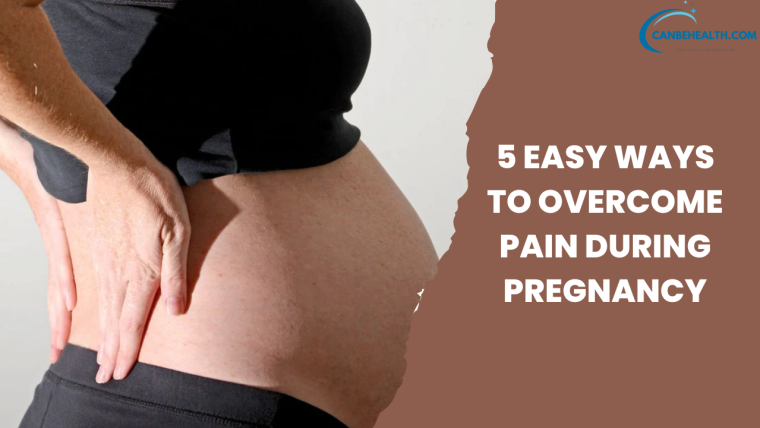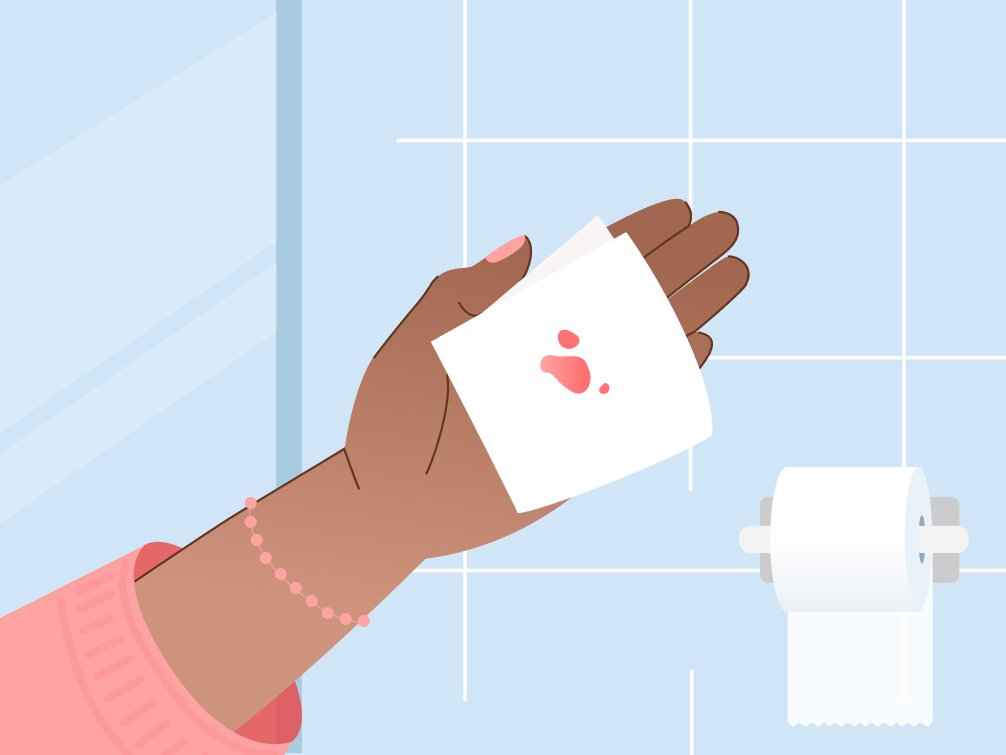Can I Eat Ceviche When Breastfeeding? When you’re breastfeeding, it’s natural to have questions about what you can and can’t eat. Ceviche, a delightful seafood dish, often raises concerns due to its raw ingredients. In this comprehensive guide, we’ll explore the safety of consuming ceviche while breastfeeding and provide you with expert advice to ensure a worry-free dining experience for both you and your baby.

Can I Eat Ceviche When Breastfeeding?
Ceviche is a mouthwatering dish that typically consists of raw seafood, such as fish or shrimp, marinated in citrus juices like lime or lemon. It’s often garnished with various seasonings, making it a tantalizing option for seafood lovers. However, when you’re breastfeeding, you must be cautious about your dietary choices. Let’s delve into whether you can safely enjoy ceviche during this phase of your life.
The Safety Aspect
Is Ceviche Safe for Breastfeeding Moms?
Yes, it can be safe, but it depends on several factors. The key concern with ceviche is the raw seafood, which may harbor harmful bacteria or parasites. To make it safe for breastfeeding mothers, follow these guidelines:
- Source Matters: Ensure that the seafood used is fresh and from a reputable source. Fresh seafood is less likely to carry harmful pathogens.
- Freezing: If you’re preparing ceviche at home, consider freezing the seafood beforehand. Freezing can kill potential parasites, adding an extra layer of safety.
- Marination: The citrus juices used in ceviche play a crucial role in reducing the risk of contamination. The acidity from the juices helps “cook” the seafood, making it safer to consume.
- Avoid Raw Shellfish: Raw shellfish, like oysters, should be avoided during breastfeeding as they carry a higher risk of contamination.
- Moderation: As with any dish, moderation is key. Consuming ceviche occasionally is likely safe, but don’t overindulge.
The Nutritional Benefits of Ceviche
Ceviche is not just a treat for the taste buds; it’s also a source of several essential nutrients. Here are some of the key nutrients found in ceviche:
- Protein: Seafood, the primary ingredient in ceviche, is an excellent source of high-quality protein. Protein is crucial for both you and your baby’s growth and development.
- Omega-3 Fatty Acids: Many seafood used in ceviche, such as salmon, is rich in omega-3 fatty acids. These healthy fats are essential for brain development in infants.
- Vitamins and Minerals: Ceviche is brimming with vitamins and minerals, including vitamin C, vitamin B12, and zinc, which can bolster your immune system.
Conclusion
In conclusion, the answer to the question “Can I Eat Ceviche When Breastfeeding?” is a resounding yes, with a few important caveats. Ceviche, this delectable seafood delight, can indeed be a part of your breastfeeding diet, provided you make informed choices.
It’s crucial to select the right type of seafood, focusing on low-mercury options like shrimp and crab while avoiding high-mercury fish. Prioritize freshness and hygiene, ensuring that the ingredients you use or the ceviche you order are sourced from reputable and clean establishments. And, as with any food, moderation is key to reaping the nutritional benefits without overindulgence.
By following these guidelines, you can not only enjoy the vibrant flavors of ceviche but also harness its nutritional benefits. Seafood offers a valuable source of protein, omega-3 fatty acids, vitamins, and minerals, all of which contribute to your overall well-being and the healthy development of your baby.
Your breastfeeding journey is a special and transformative time in your life, and the foods you choose can play a significant role in your and your baby’s health. So, feel free to savor a well-prepared ceviche while breastfeeding, knowing that you’re making a delicious and nutritious choice for both you and your little one.
Read also:








Can I Eat Teriyaki Sauce When Pregnant?
Can You Eat Crab While Pregnant?
Can Pregnant Women Eat Shrimp? Danger or not?
Implantation Bleeding vs. Period: How to Tell the Difference
Chronic Energy Deficiency (CED) in Pregnant Women
Are taking hot baths During Pregnancy safe or harmful?
5 Easy Ways to Overcome Pain During Pregnancy
Implantation Bleeding vs. Period: How to Tell the Difference